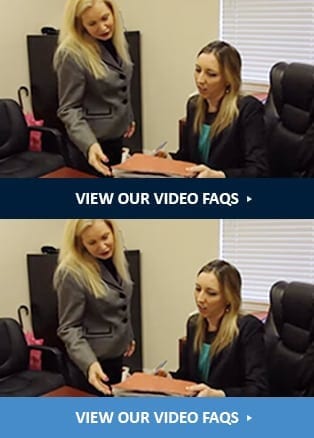Discharging Income Taxes
CHECKLIST FOR DISCHARGEABILITY OF INCOME TAXES IN CHAPTER 7 & 13
The following rules apply equally to state as well as federal income taxes.
The tax is dischargeable if all of the following conditions exist:
1. THE THREE-YEAR RULE*. The tax year in question is over three years preceding the filing date of the bankruptcy. The three-year period is computed from most recent date the tax return is due for the tax year (typically April 15 of the year following the taxable year). An extension to file the return extends the start date of the period. 11 U.S.C. § 507(a)(8)(A)(i).
2. THE TWO-YEAR RULE. A tax return has been filed by the taxpayer for the tax year(s) in question at least more than two years preceding the filing date of the bankruptcy. 11 U.S.C. § 523(a)(1)(B). 11 U.S.C. § 1328(a)(2).
3.The 240-DAY RULE*. The tax claim was assessed at least more than 240 days preceding the filing date of the bankruptcy (plus any period of over-lapping time during which an offer in compromise was pending, plus 30 days). 11 U.S.C. § 507(a)(8)(A)(ii).
4. NON-FRAUDULENT RETURN. The tax return in question was nonfraudulent. 11 U.S.C. § 523(a)(1)(C). 11 U.S.C. § 1328(a)(2).
5. NO WILLFUL TAX EVASION. The taxpayer has not engaged in activity deemed willful attempts to defeat or evade the tax. 11 U.S.C. § 523(a)(1)(C). 11 U.S.C. § 1328(a)(2).
*NOTE: Technically, priority taxes described at 11 U.S.C. § 507(a)(8) [with the exception of trust fund taxes described at § 507(a)(8)(C)] are dischargeable in chapter 13, because they are not excepted from chapter 13 discharge by § 1328(a). Nevertheless, they are treated as non-dischargeable here because even though technically dischargeable, the plan must provide for full payment of § 507 claims (priority claims) in chapter 13 plan pursuant to § 1322(a)(2). Hence, for all practical purposes they should be treated as non-dischargeable in chapter 1










































